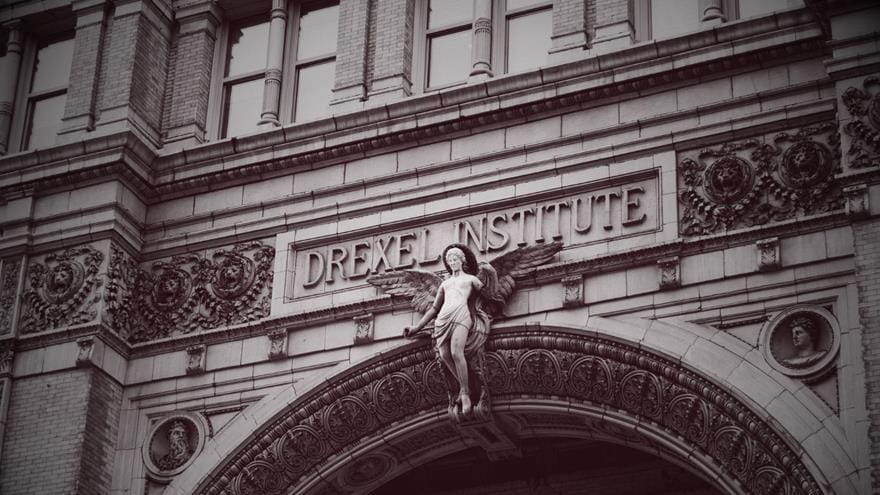Dare to Lead: Drexel Army ROTC Celebrates 100 Years

As the sun rises on Philadelphia each morning, a sleepy commuter through University City catching the sound of military cadence might think of it an anomaly, but the educational heart of the city has been hearing this for 100 years. Most mornings, 99 cadets, spread across six Philadelphia universities, conduct rigorous physical and mental training to prepare for a demanding career in the United States Army. But this is only the beginning. In addition to a regular college load, these talented young men and women take leadership classes, tactics laboratories and military history. For a century, the Army has been training our best and brightest from Philadelphia’s most prestigious institutions in the art of command and the science of control — leadership.
On Oct. 10, 1918, the Army Reserve Officers’ Training Corps (ROTC) began its humble beginnings at the Drexel Institute of Technology and St. Joseph’s College. Lieutenant James Lyons was Drexel’s first professor of military science and tactics, overseeing the original battalion of Cadets. At inception, military science courses were required for all males attending Drexel for their first two years, and the University maintained this prerequisite up until the Vietnam War when participation became voluntary. In 1975, the program’s first female cadet received her commission, leading the countless number female second lieutenants who have since graduated from Drexel.
Now known as Task Force Dragon, the ROTC program has participated with numerous Philadelphia academic institutions over the years to commission Army officers. Today, the program hosted at Drexel comprises five other campuses: University of Pennsylvania, LaSalle University, St. Joseph’s University, University of the Sciences and Jefferson University. The storied program has contributed greatly to the nation’s national defense. They have trained leaders to serve in every major United States conflict since World War I, with many making the supreme sacrifice in service of the country.
In 1965, Drexel’s Military Science Department moved into its present location in the National Guard Armory on 32nd and Market street. The building is currently under renovation and will be fully utilized at the beginning of 2019 to continue training America’s leaders of tomorrow. Ever constrained by the challenges of practicing tactics in an urban environment, today it is common to see a group of cadets training around Philadelphia — practicing land navigation in Fairmount Park, road marching on Kelly Drive or taking an early morning run to the Liberty Bell.
Most of these cadets are on full or partial scholarships, earned through scholastic, athletic and leadership performance. A traditional Army scholarship pays for tuition, fees and a stipend, augmented by free room and board at some universities. Upon graduation, cadets earn their gold, second lieutenant bars symbolizing their beginnings into the military. This year, nineteen cadets will graduate; about half serving in the active duty Army and half joining National Guard and Reserve Units while working in the civilian or public sector.
However, this program does not just train military leadership. The skills that cadets learn prepare them to lead in all aspects of life — the Army and beyond. Some trying the program will only participate for a semester while others will complete a long-lasting military career. Army ROTC is preparing its next generation, regardless of their time spent in Task Force Dragon, to be successful wherever they choose: in America, communities, industries, civic institutions, religious organizations or families. The cadet’s hard work and dedication to leadership excellence truly embodies Task Force Dragon’s motto: “Dare to Lead!”
By: Lieutenant Colonel Stephen T. Messenger, an 18-year Army officer and the professor of military science of Task Force Dragon.
In This Article
Drexel News is produced by
University Marketing and Communications.
